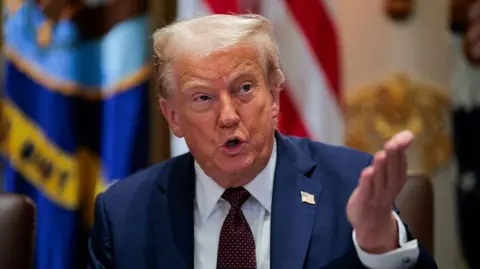27. August 2025
Admin
“Trump-Brand Capitalism” Is Here to Stay: Government Stakes in Intel and U.S. Steel

Investopedia reports that the U.S. government is shifting toward more hands-on economic engagement—securing stakes in private firms through CHIPS funding and other strategic investments. These moves signal a lasting shift toward a hybrid model of state-influenced market capitalism.
([Investopedia, Aug 27, 2025](https://www.investopedia.com/whatever-you-call-it-trump-brand-capitalism-looks-here-to-stay-intel-lutnick-11791257?)
Quick Insight: The U.S. acquired a 10% passive stake in Intel and secured a “golden share” in the U.S. Steel–Nippon deal—both unprecedented interventions signaling a more interventionist economic framework.
What’s Happening
- Intel: The government now owns ~10% as part of its CHIPS investment, worth around $11 billion. Intel stock surged ~5%.
- U.S. Steel: A “golden share” agreement gives the government special control rights—even after privatization.
- What's next: Trump signaled he’s open to more such deals ("all day long"), and Commerce/Pentagon officials are reportedly considering similar arrangements with defense firms.
Why It Matters
- Redefines the free-market ideal: Direct government equity and control marks a shift away from laissez-faire traditions.
- Investor concerns: Analysts warn such subsidies with “strings attached” may disadvantage competitors, dilute shareholder value, and erode governance rights.
- Strategic implications: These moves are being packaged as necessary for economic and national security—establishing a new template for industrial policy.
Sector Watch
- Semiconductors: Future funding may increasingly come with ownership or conditional governance rights.
- Defense industry: Officials are looking at possible equity-style or deal-based engagements with defense contractors.
- Industrial & critical infrastructure: The U.S. Steel example may set precedent for broader strategic asset involvement.
Investor Takeaway
- Expect policy-driven risk: Companies accepting aid may face future political and contractual constraints—be cautious about valuation models that ignore such exposures.
- Hierarchy of winners: Firms aligned with strategic goals may get preferential access—and potential preferential regulation or resources.
- Long-term shift: This may mark a new era of industrial policy—unlikely to be reversed soon, even with future administrations.
Note: This perspective reflects policy developments as of late August 2025. Keep an eye on government disclosures and company filings as more industries may be affected.
